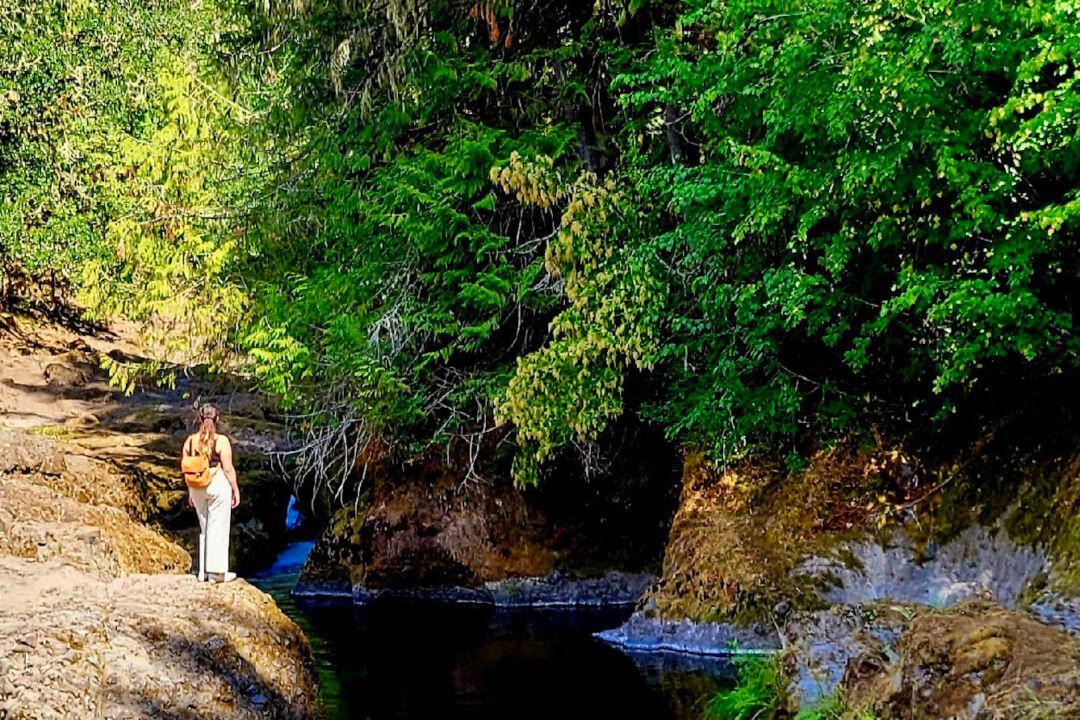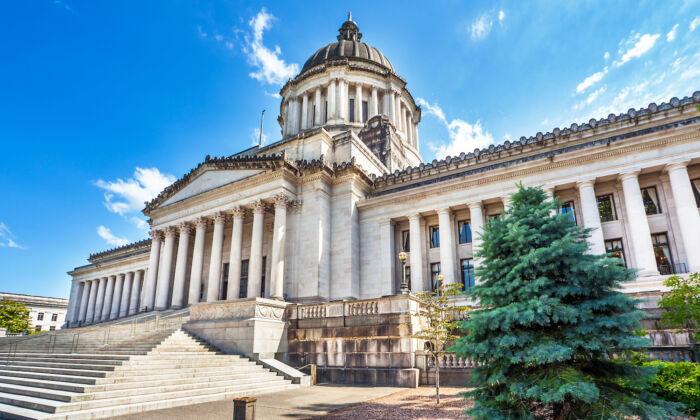Head north 7.4 miles from the Grand Lake entrance to Rocky Mountain National Park and you come to a rather innocuous-looking parking lot and campground. In fact, you’ve discovered one of the park’s most fascinating locations—the Holzwarth Historic Site, or as it was more quaintly known in the 1920s, the Never Summer Dude Ranch—where for $2 a night (or $11 a week) you could stay in a rough-hewn log cabin beneath towering pines, enjoy home-cooked meals, sit around a campfire, horseback ride, and (according to the advertising of the day) fish for “all the trout you could catch.”
As you head out on the gentle gravel path that leads to the old ranch site, you cross a culvert built over a gently meandering creek, so small in summer you can almost jump across it. If it weren’t for the information sign by the side of the trail, you'd have no idea that you just crossed the upper reaches of the mighty Colorado River—or as it was originally known, the Grand River, carver of the Grand Canyon that bears its name.

Rocky Mountain National Park came into being by order of President Woodrow Wilson on Jan. 26, 1915, making it the 10th park in America to be preserved as a natural wonder for public use. Straddling the Continental Divide, the park’s boundaries encompass more than 400 square miles: 265,795 acres of mountain peaks that rise to more than 12,000 feet (well above timberline); jewel-like lakes, pine forests, and aspen groves; verdant meadows; and, as mentioned, the headwaters of the Colorado River. But it was thanks to President Franklin Roosevelt’s Civilian Conservation Corps that a spectacular two-lane roadway was constructed between 1926 and1932—the Trail Ridge Road—which continues to provide visitors a scenic byway for exploring the park as it snakes its way up to viewpoints whose vistas seem to go on forever. At its highest point, the road ascends to 12,183 feet above sea level, making it the highest continuous highway in the United States.
A highlight (quite literally) of any drive on the Trail Ridge Road is the Alpine Visitors Center. Nestled at 11,796 feet, it is the highest elevation visitor center in the entire national park system. The views are panoramic. There’s a cozy cafe where you can warm up and a National Park Service center for information and souvenirs. However, for the adventurous, the center offers a stairway to heaven—a series of steeply rising carved granite steps that lead up to the summit at 12,000 feet. This huff-and-puff climb of about a quarter-mile offers the hearty a 360-degree view of the surrounding mountain ranges and the north-south spine of the Continental Divide.

As the park evolved, so did the need for traveler accommodations. In 1920, Frank Huntington opened the Grand Lake Lodge as a nest of small cabins built around a grand lobby in the national park tradition; it’s listed in the U.S. National Register of Historic Places. Currently operated (and beautifully renovated) by Highway West Vacations, the lodge offers a perfect combination of the rustic and the luxurious with recent additions that include larger lodge-style rooms, wedding facilities, an elegant swimming pool that overlooks Grand Lake with cushioned seating areas, and fire pits for sunset sipping. The lodge also features a fine restaurant with a full bar, spacious dining room, and a deck with a view like no other.





